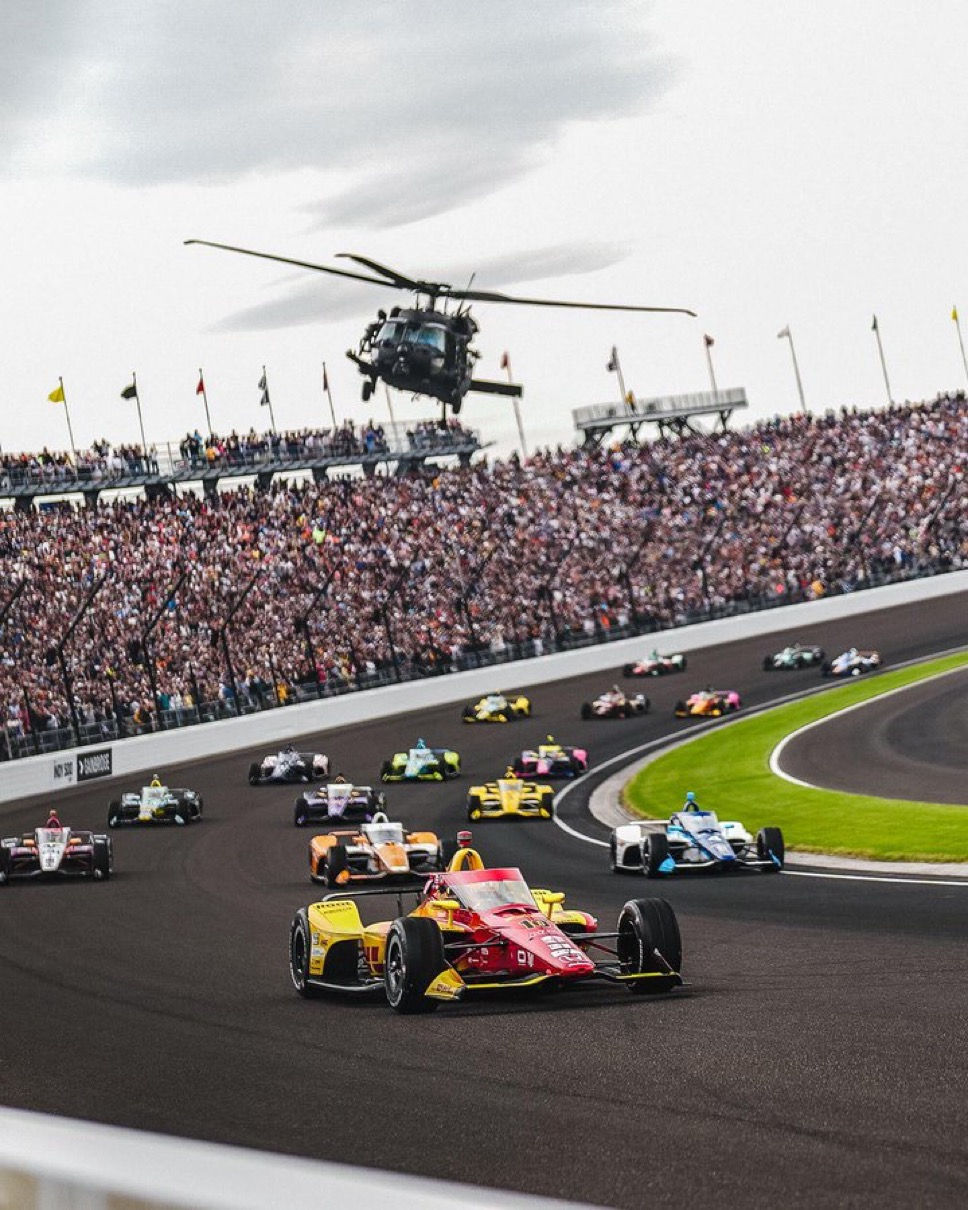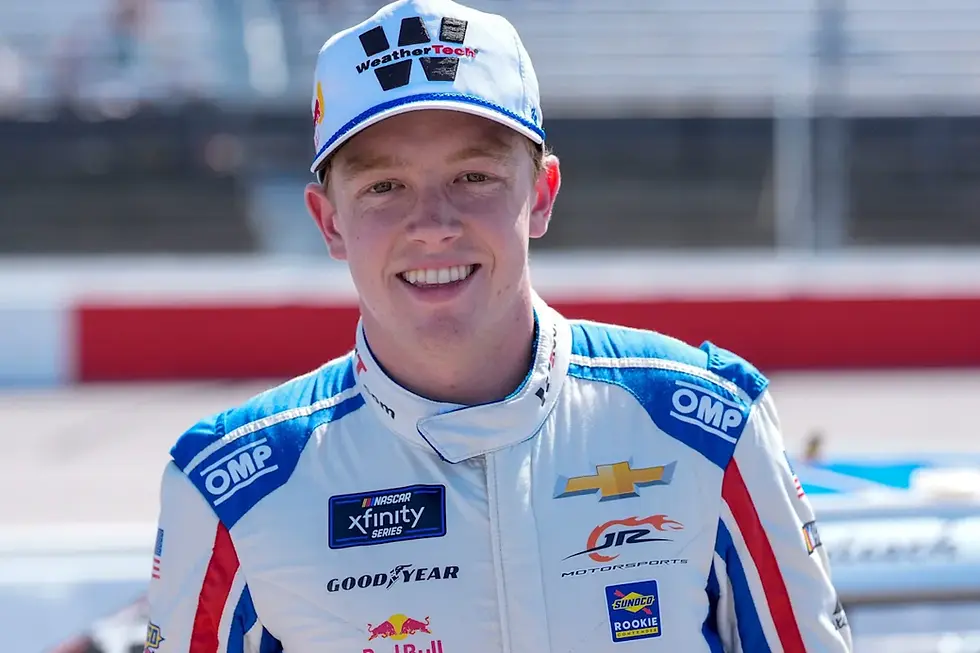IndyCar Needs to Get With the Times
- George S.

- May 28
- 3 min read
Updated: Jun 3
After a string of underwhelming races to start the 2025 season, IndyCar fans — and even some drivers — are beginning to ask tough questions. The product on track has felt stale, and everyone’s got their theories: Is it the hybrid rollout? Is it the aging chassis? Is it the track selection? The truth might be a mix of all three. But instead of just complaining, here are real, practical ideas to fix each problem.

The Schedule: More Ovals, Less Midwest, and a Smarter Layout
To start, let’s look at the schedule. Right now, IndyCar has 17 races: 4 street circuits, 7 permanent road courses, and 6 oval events across 5 oval tracks. Technically, it’s 5 street circuits and 5 ovals with Nashville shifting due to the new NFL stadium build. Overall, it’s a decent layout, but it’s far from ideal.
IndyCar has always been rooted in ovals it’s where many of the best races happen and where the sport built its identity. The current calendar doesn’t reflect that. Why not add 2 or 3 more oval races? Tracks like Pocono, Michigan, Phoenix, Kentucky, Charlotte, or even a Miami oval could fill that gap. Sure, scheduling with and around NASCAR is tricky, but if Penske can’t figure out how to work with the stock car overlords, who can?
There’s also a serious regional imbalance. The Midwest is overserved while the entire Eastern Seaboard the Northeast is ignored. As someone who lives in that region, the closest race is a five-hour trip to Toronto. Why aren’t we going back to Pocono or Watkins Glen? IndyCar doesn’t need to imitate F1 by scattering uninspired street races across the country. Those have consistently been the weakest events on the calendar in my opinion.
The Hybrid Rollout: A Half Measure Without Vision
Let’s talk about the hybrid system. The way it’s been implemented feels more like a rushed compromise than a future-proof innovation. From the outside, it seems like a band aid to keep Honda happy and lure in new manufacturers (who still haven’t joined). A proper hybrid system needs to be part of a complete engine philosophy not bolted onto an outdated setup.

It’s time for IndyCar to rethink its power unit formula. A fresh V6 turbo layout paired with a purpose-built hybrid system would work. If the series really wanted to win over fans, a Cadillac-style V8 hybrid like what’s used in WEC would be even better. We don't need an ERS or Boost gimmick. Keep Push-to-Pass.
The Chassis: Thirteen Years is Too Long
Now, the elephant in the room: the chassis. No premier motorsport series in the world is still using the same base chassis from 2012. Yes, costs matter. Yes, the pandemic delayed progress. But at what point do we stop making excuses?
It’s time to move on.
IndyCar needs to gather input from drivers, engineers, and owners (owners only when it comes to budgets) and maybe even bring in outside consultants to design a modern, cost-effective car that enhances racing. The current Dallara DW12 has given us some classics, but it also limits development and is starting to show its age.
Is Dallara dragging its feet? Or is Penske just unwilling to push the button? Either way, something has to change. The fans deserve better. Right now, it feels like IndyCar is stuck in a time loop.
To put it in perspective: since this car debuted, I’ve graduated junior high, finished high school, and gotten a college degree. That’s how long we’ve been watching the same chassis. It’s absurd.








Personally, I love IndyCar. I watch F1 religiously but IndyCar races are so much more entertaining due to how much more passing and battles there are. Every F1 race seems void of passing without the aid of DRS, even further back in the field. One thing I do wish for IndyCar is that they get rid of these horrible street courses like Detroit. At least F1 has smooth tracks to drive on. It seems terrible to make these drivers drive on uneven, bouncy tracks. It’s hard to watch. Tracks in F1 are pristine and the Indy guys deserve that, too.